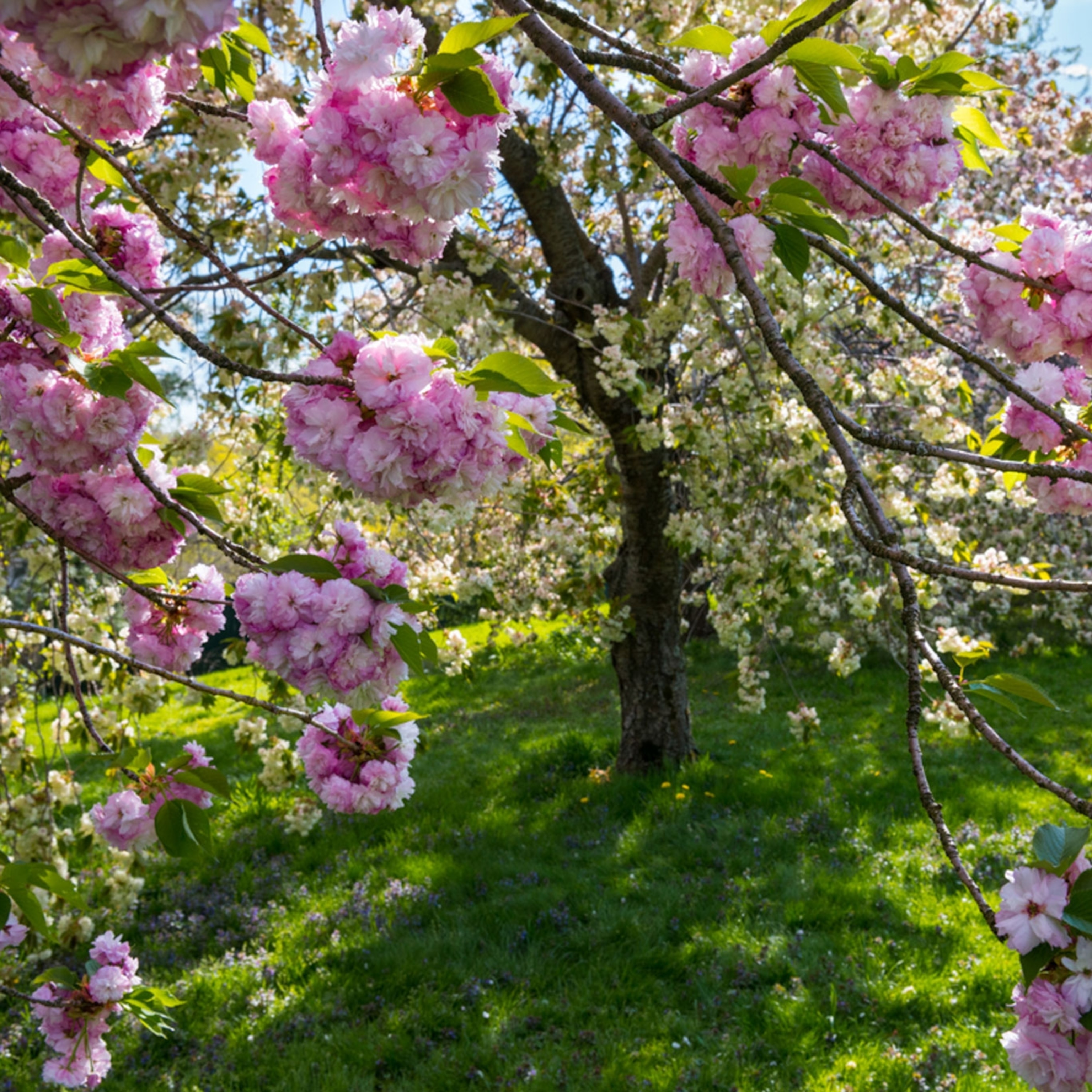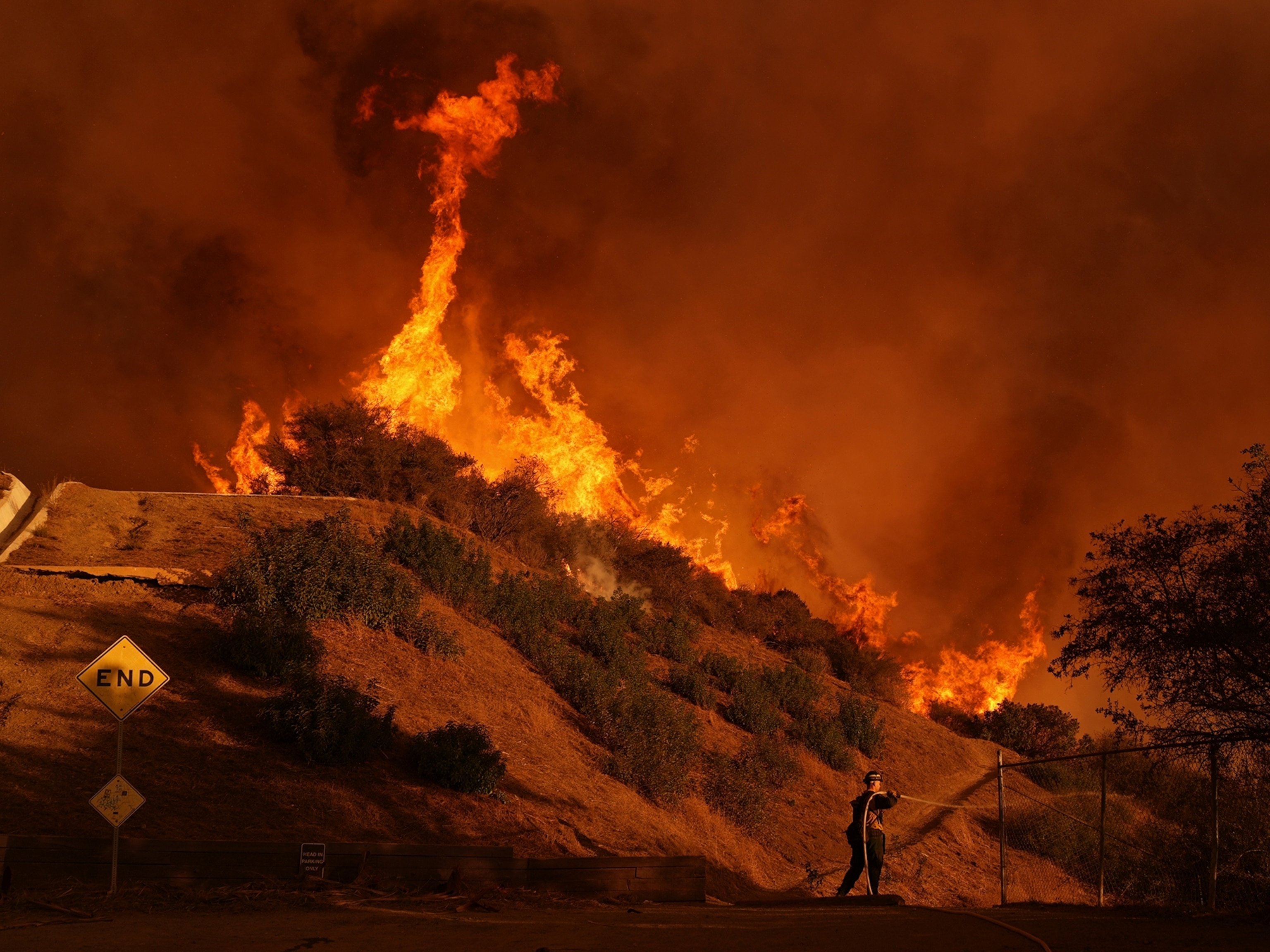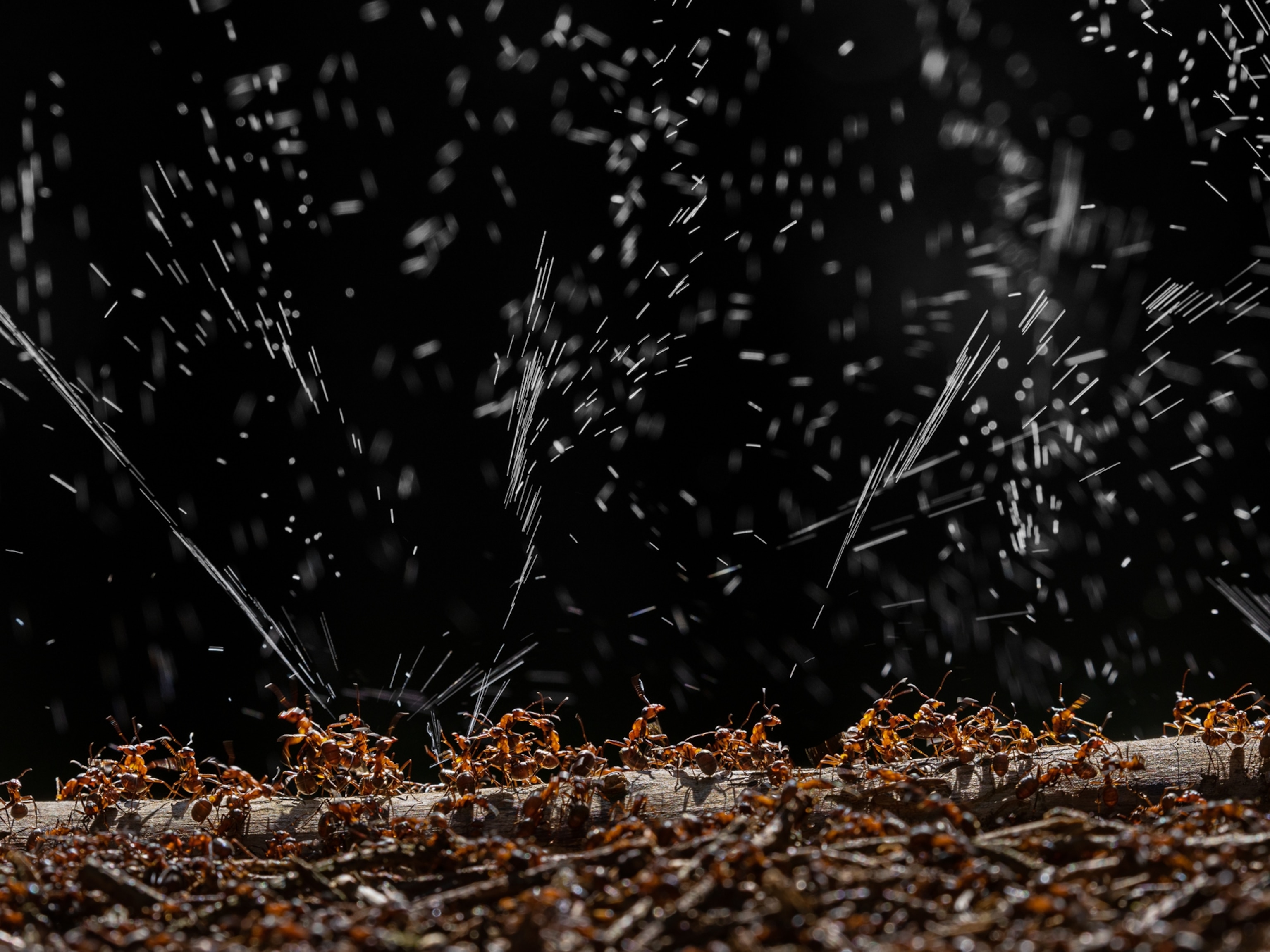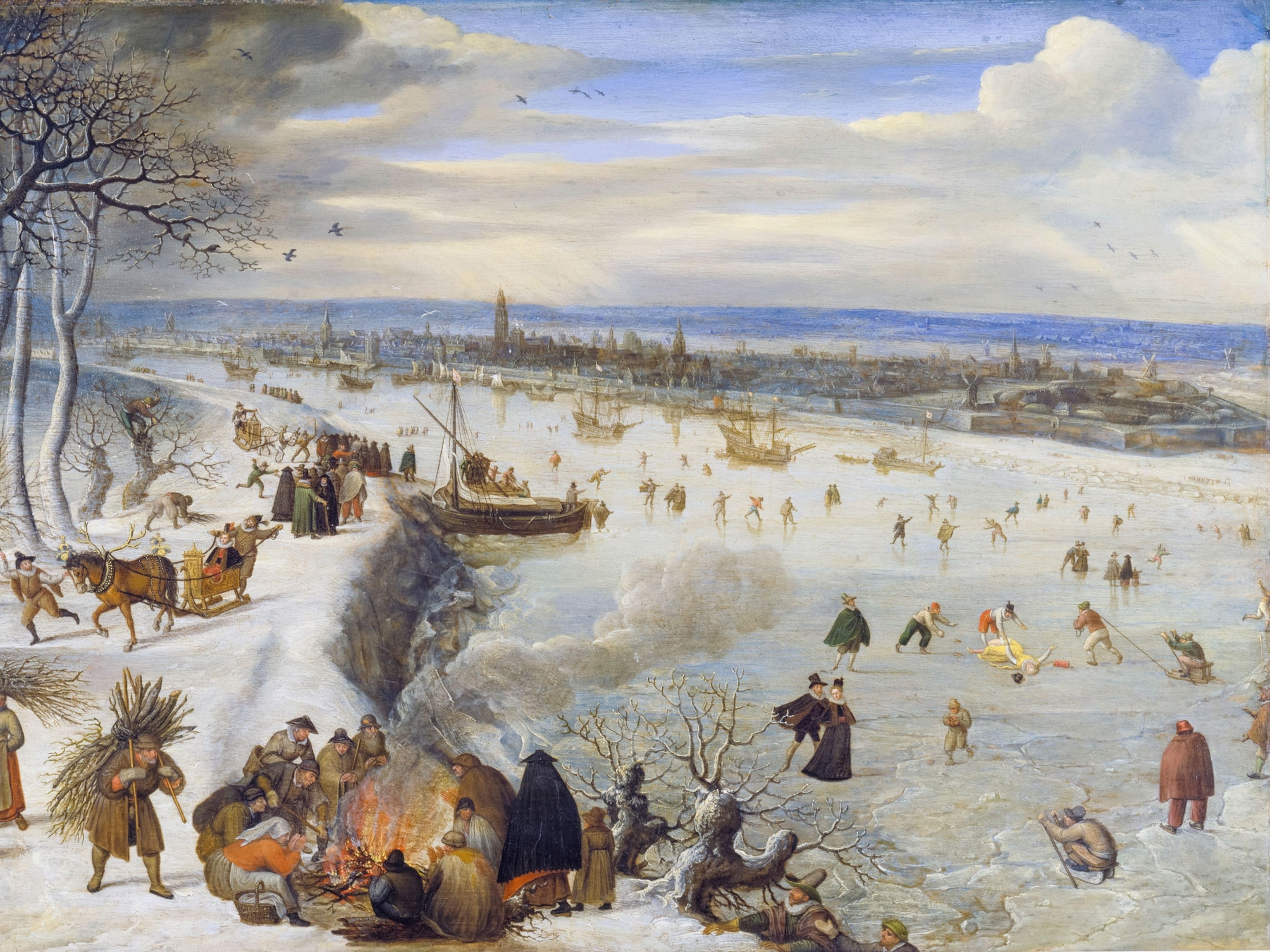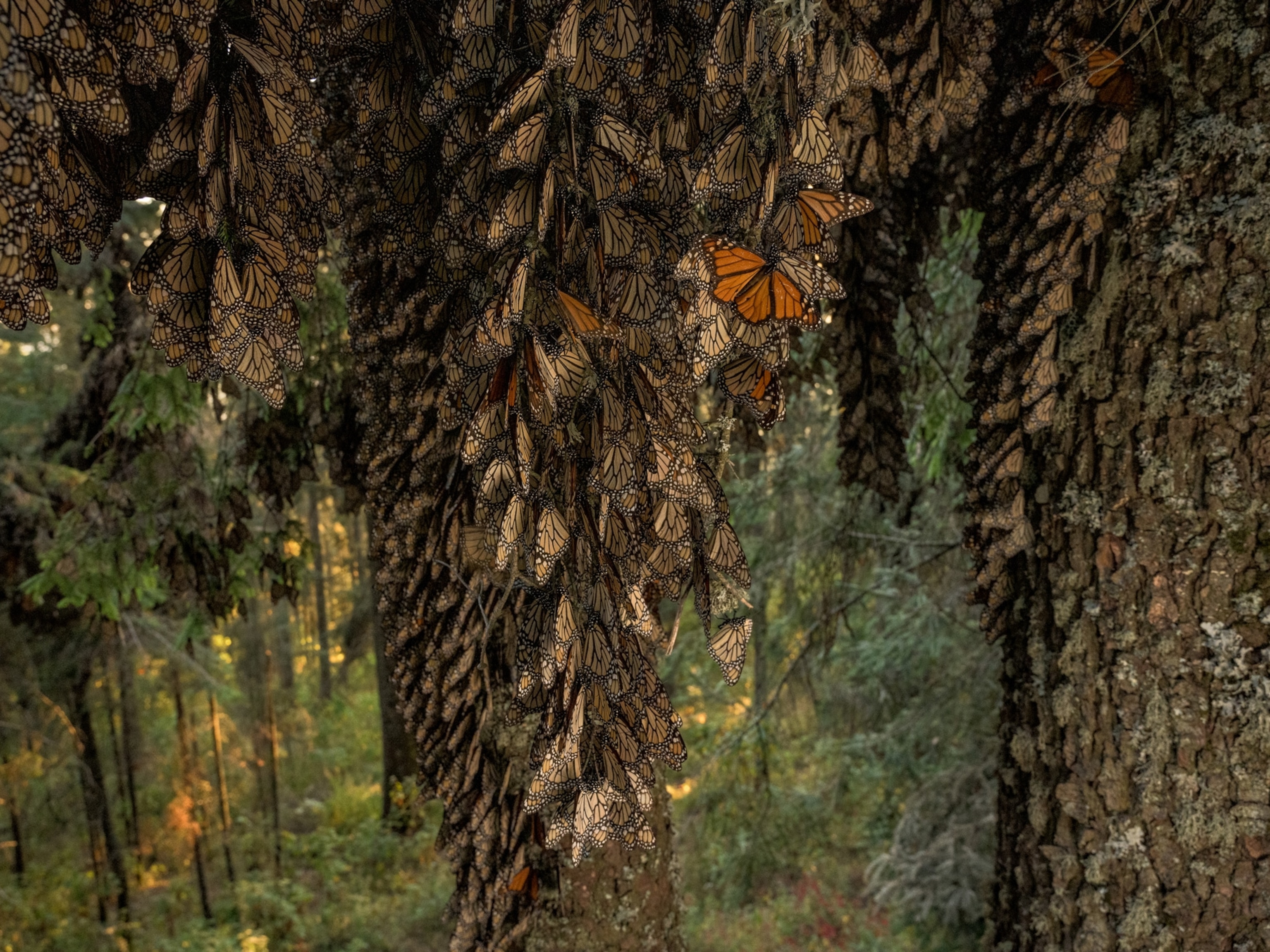
It’s Not Just Coal and Oil: Forests Are Key to Climate
Forest clearing releases voluminous amounts of greenhouse gases. The carbon stored in the Amazon already has dropped by at least a third in two decades.
Brazil is attacking climate change with cops and guns.
This spring, armed federal agents arrested businessman Ezequiel Castanha, the so-called "king of deforestation." They accused him of paying gangs to remove a stretch of Amazon rainforest larger than Manhattan so he could sell the land to cattle ranchers.
Brazil’s push to end illegal deforestation is a centerpiece of its strategy to tackle global warming. That's because 10 percent to 20 percent of global carbon dioxide emissions come from logging and land-clearing.
When diplomats from around the world arrive in Paris on Nov. 30, many will be seeking to reduce emissions from coal, oil, and natural gas. But a handful of countries also will be arguing about how to sustain the carbon-slurping power of the planet's lungs – its two greatest tropical forests, the Amazon and the Congo.
I think we're at a critical moment.Gillian Gilford, University of Vermont
Reducing deforestation is essential because removing trees and vegetation releases more CO2 than transportation. The carbon emitted just from clearing Latin American forests roughly equals the emissions of 125 million Americans. The Amazon alone sucks up a quarter of all CO2 absorbed by land. But the amount of carbon it stores already has dropped a third or more since the 1990s. And the Congo is second only to the Amazon in carbon storage.
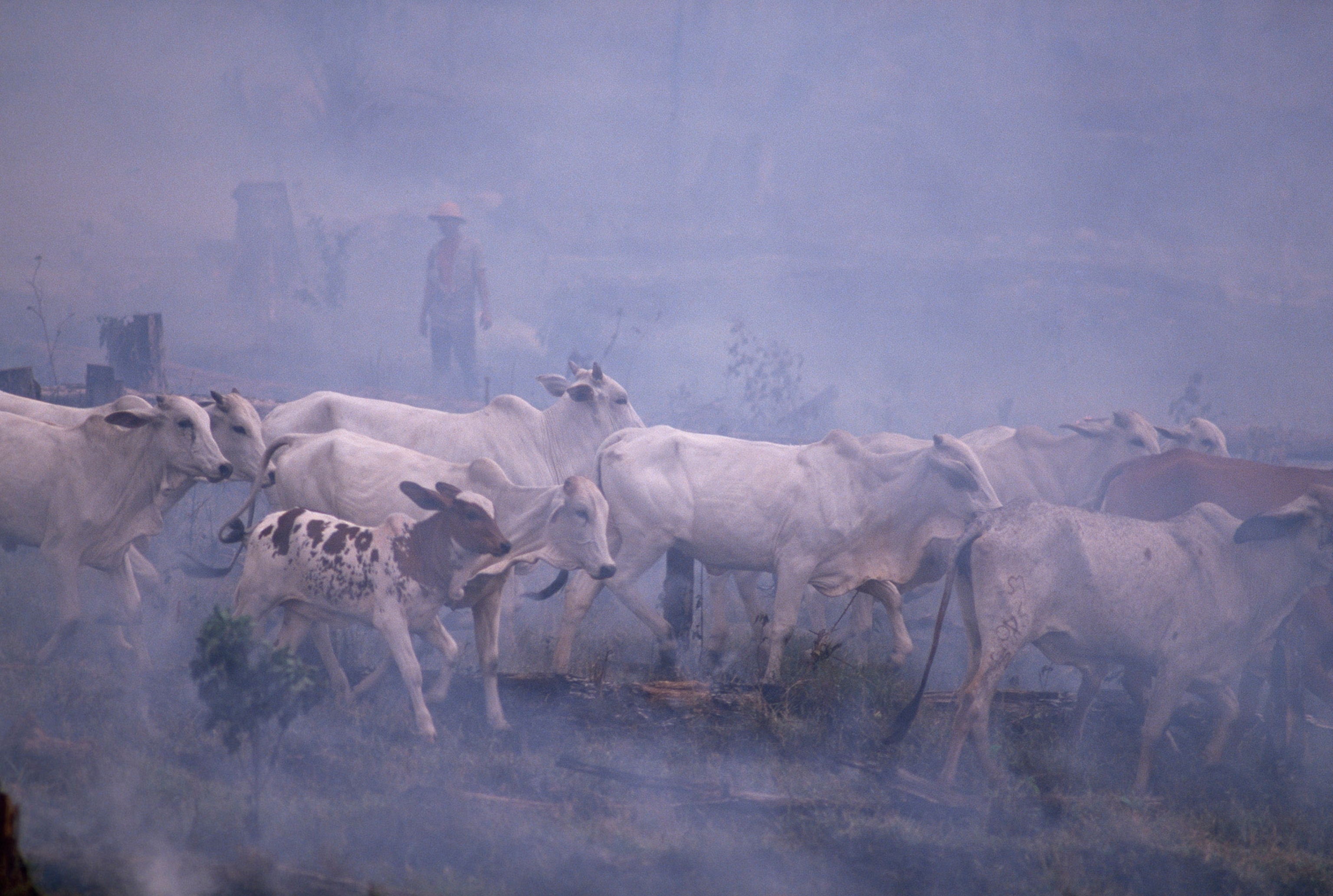
Certainly, the world in recent years has made great strides in curbing forest loss. Greenhouse gas emissions from forests dropped a quarter over the past 15 years, as China, South America, and areas of Southeast Asia reduced deforestation. Brazil, alone, slashed its share of Amazon destruction from 7,700 square miles a year in the late 1990s to about 2,000 square miles a year now. Its emissions dropped more than any other country.
But some of Brazil's success thus far may have come at the expense of other forests. And while it hopes to halt illicit timber cutting, Brazil's not planning major changes to legally sanctioned clearing.
Meanwhile, Africa's Congo is in flux. Years of war have driven more villagers into the woods. Poaching is exploding, which also degrades the forest. And a booming population desperate for food may increasingly clear more land for agriculture.
"I think we're at a critical moment," says Gillian Gilford, a forest expert at the University of Vermont.
Farming and hunting may degrade Congo
The lush Congo rainforest, home to Virunga National Park, mountain gorillas, volcanoes, and 75 million people across six countries, occupies more ground than Alaska. Deforestation here is tough to measure, but it is a fraction of the forest loss in Brazil, and it occurs chiefly around roads and cities like Kinshasa. Most clearing is done by small-scale farmers growing haricot beans, cassava, plantains, and ground nuts. "A lot of the deforestation is very, very small parcels," says Galford. "It happens because the land gets exhausted and the farmer moves on."
The Congo is in relatively good shape, but experts worry about its future. An explosion in hunting threatens to produce large, rapid declines in Congo forest function. With 90 percent of the forest now within 50 kilometers of a road, villagers are killing more antelope, monkeys, birds, and porcupines. The bushmeat trade, too, is growing. Removing all those animals from the woods alters the composition of the forest. The reason: 85 percent of Congo plant species need animals to disperse their seeds, and all of those species are now hunted. Even poachers slaughtering elephants for ivory harms the forest understory.
These people need food. If we want to conserve nature there, then the obligation is to help them.G. David Tilman, University of Minnesota
The Congo also is one of the fastest growing regions on Earth – its population is expected to increase fivefold by century's end. That drives more forest clearing as farmers seek to till fresh ground. Food demand already is rising far faster than crop yields, which are low. In fact, a handful of countries around the Congo, may need 120 percent more farmland by mid-century, says G. David Tilman, a University of Minnesota ecologist. That does not even count the Democratic Republic of the Congo (DRC), home to more than half of the forest.

"These nations, as a group, will need to clear enough land to more than double their current amount of crop land, releasing much CO2 and threatening many species with extinction," Tilman says.
Africa has seen such rapid transitions before. When Jane Goodall showed up in 1960, a lush canopy surrounded Tanzania's Gombe National Park. But refugees from Africa's civil wars transformed it into a "13.5-square-mile patch of forest surrounded by farms and denuded hillsides," she wrote.
In a place like the Congo, such change ultimately can alter climate and the weather. Under some scenarios, forest loss later this century just in the DRC could release 3.5 times more CO2 each year than every country of Central America – combined. Too much clearing could boost regional temperatures by 1 degree Celcius and slash rainfall up to 10 percent.
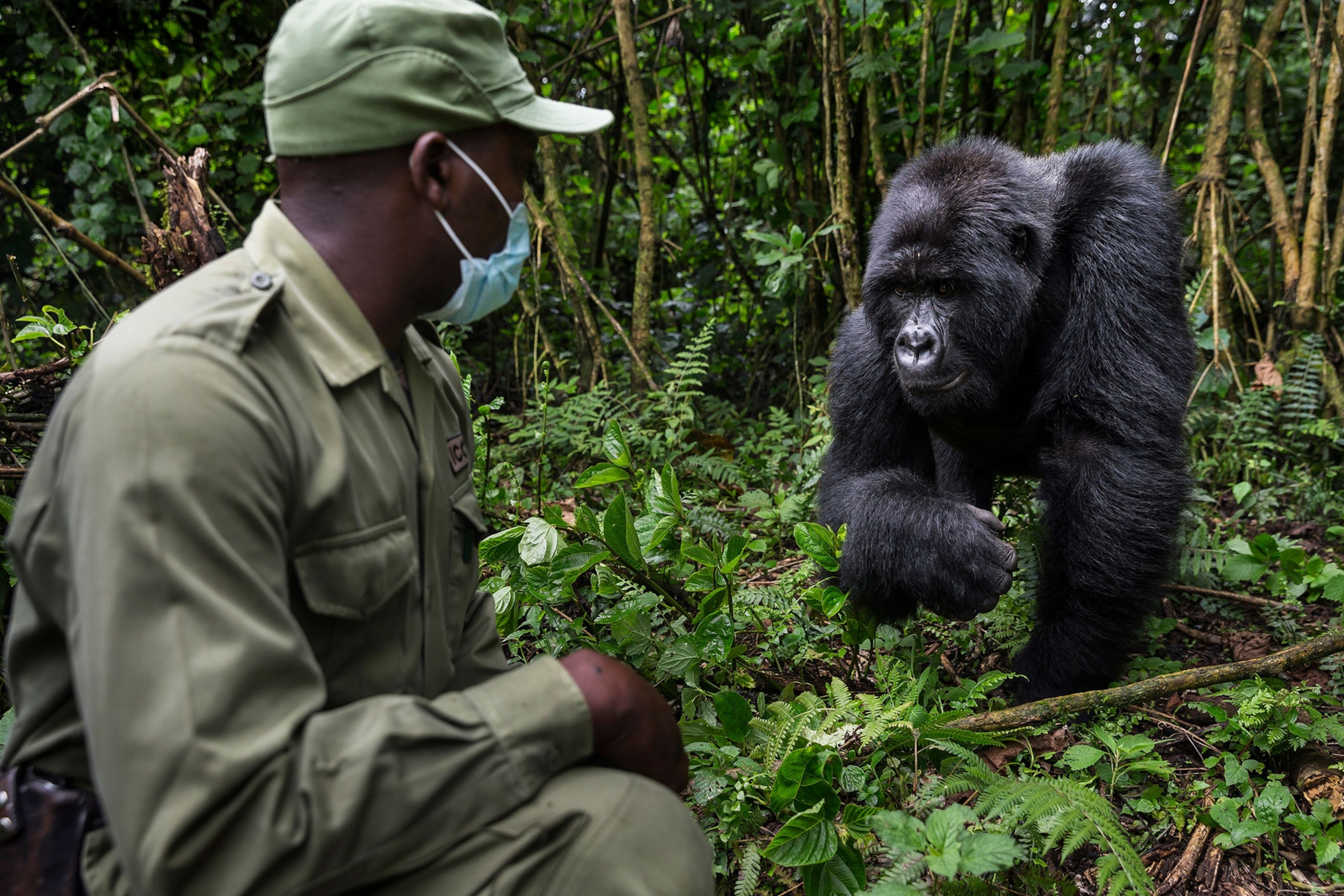
"The threat is real, but we're in the early stages," says Doug Boucher, a forest expert with the Union of Concerned Scientists.
These are tricky problems to address because at heart they're humanitarian. "You can talk to the Unilevers and Walmarts and get them to commit to not using oil palm," says Fred Stolle, with the World Resources Institute. "But you can't argue that people shouldn't grow food." In some countries, zero deforestation should be the goal, Stolle says, but "I am not a proponent of that in central Africa."
Tilman and Galford agree. Instead the world community should help Africa improve farming. Better seed and fertilizer, for example, could increase yields dramatically, Tilman says. Across five countries, a significant yield boost could spare 60 million hectares of forest by 2075. (read more about the need for a new Green Revolution.)

"It would be unsuccessful and maybe immoral if we tried to buy land in central Africa's forests and put guards around it to save it," says Tilman. "These people need food. If we want to conserve nature there, then the obligation is to help them use the resources they've already cleared to the maximum extent possible."
Is Brazil doing enough?
Brazil, on the other hand, has recently come to grips with deforestation after decades of severe overharvesting. Scientists are quick to praise the country's successes. Stemming forest loss to date has kept 3.2 billion tons of CO2 out of the atmosphere – more than half what the United States produces in a year. "Brazil is doing great – it could be a model for the world," says Stolle.
Brazil was in a better position than central Africa to make changes. Unlike the DRC, with its political strife and corruption, Brazil is stable. And far more of its deforestation is by industry rather than impoverished farmers. So the government battled forest ravaging in part by beefing up law enforcement and using satellites and photo analysis to track changes in the Amazon. The investigation that led to the capture of Castanha, who ran a market, gas station, and hotel in Novo Progresso, was among the longest and most labyrinthine in the nation's history.
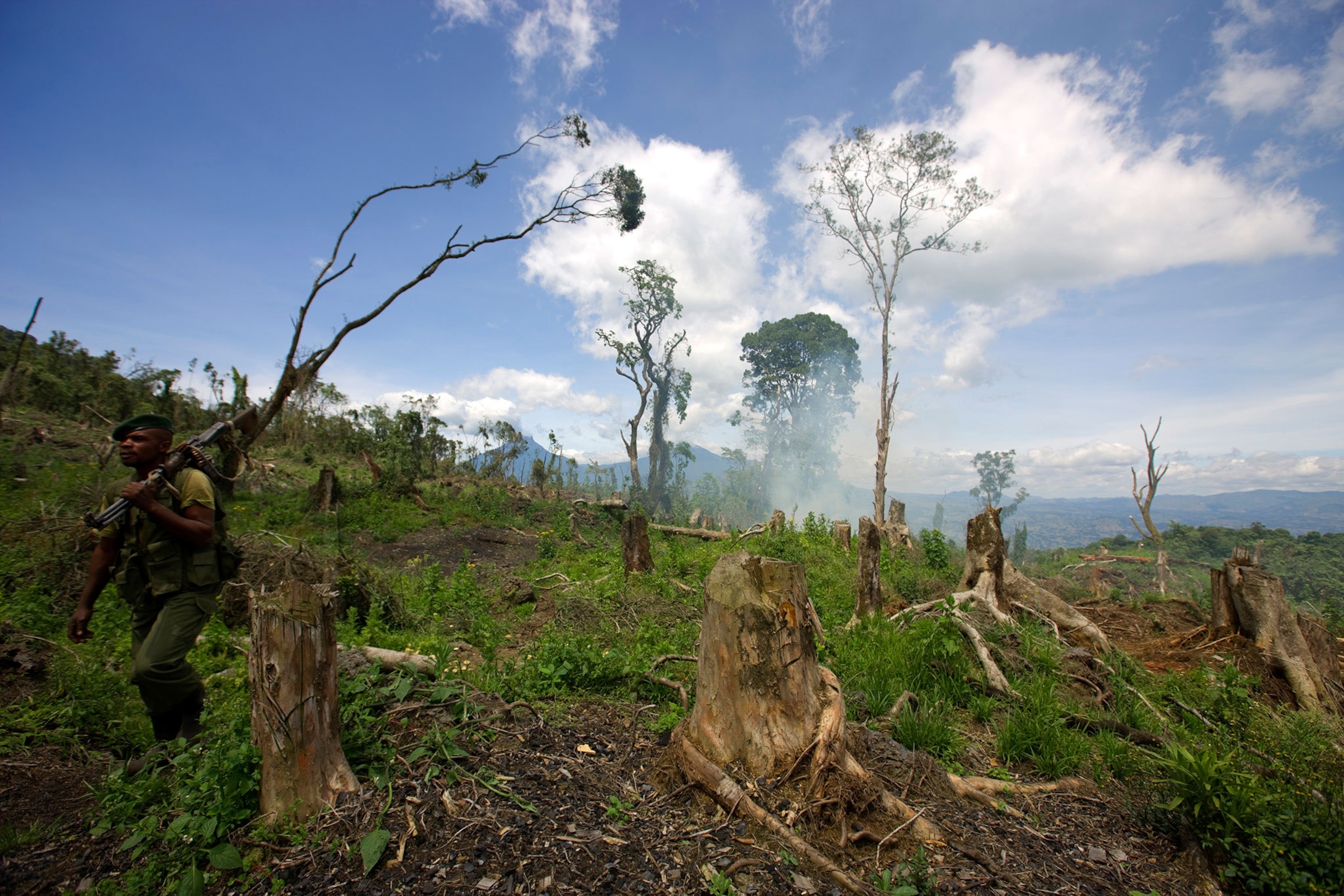
Soybean and cattle companies also responded to campaigns by activists who complained that production had moved heavily into the rainforest. Many in both industries pledged to stop supporting such farming in the Amazon.
Brazil “now seems content to rest on its laurels."Doug Boucher, Union of Concerned Scientists
But some researchers still worry about the future. Brazil's astounding economic expansion came in part as the nation boosted beef and soybean exports to China. Chinese companies bought sawmills in the Amazon, which came with legal access to forests to increase exports of wood to Asia. And Chinese consumers are less susceptible to environmental campaigns. All this happened just as rural farmers gained more clout. Growing evidence now suggests these changes are driving forest loss – in the tropical savanna known as the Cerrado and in the Amazon. Rainforest destruction also appears to be creeping up in neighboring Peru and Colombia.
"If you take away the push for clearing in Brazil's rainforest, where does that hunger go?" asks University of Maryland’s Matthew Hansen, who specializes in mapping land-use change. "Because it doesn't just go away."
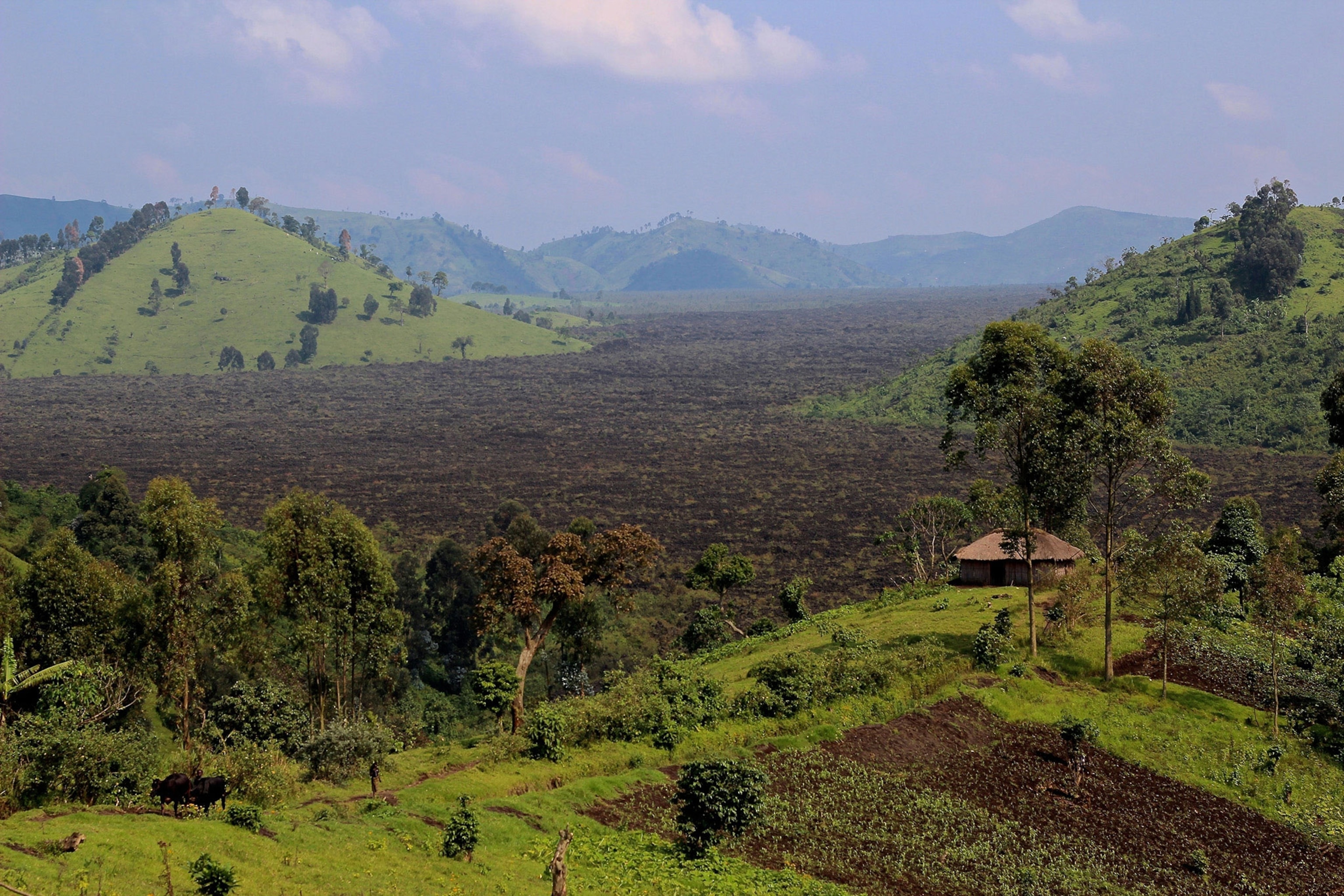
Galford is documenting rapid conversion of Brazil's Cerrado into intensive row-crop agriculture. While some experts say that's less ecologically sensitive than the Amazon, Galford points out that it, too, is unique, home to thousands of species found nowhere else. "The legal standards for forest protection there are lower, the political will to care about it is not there, there are few protected areas, and no monitoring," she says.
As world leaders gather in France next week, some argue that these economic and political changes continue to put the Amazon and the climate at risk. Boucher, with the Union of Concerned Scientists, says the carbon-reduction pledge made by Brazil – the eighth largest economy in the world – just wasn't enough. In a document submitted to United Nations negotiators, Brazil makes clear it hopes to get most of its CO2 cuts by ending illegal rainforest destruction by 2030. But the country makes no commitment to reduce deforestation overall. "After leading the world in climate action over the past decade, the country now seems content to rest on its laurels," Boucher wrote in an analysis.
That leaves the future of the Amazon, and its carbon, in doubt, he says.
"They say illegal deforestation will be eliminated," he says, "but don't say how. Well, there are two ways to reduce illegal deforestation. One way is to stop deforestation. The other is to legalize it."
Follow Craig Welch on Twitter.

